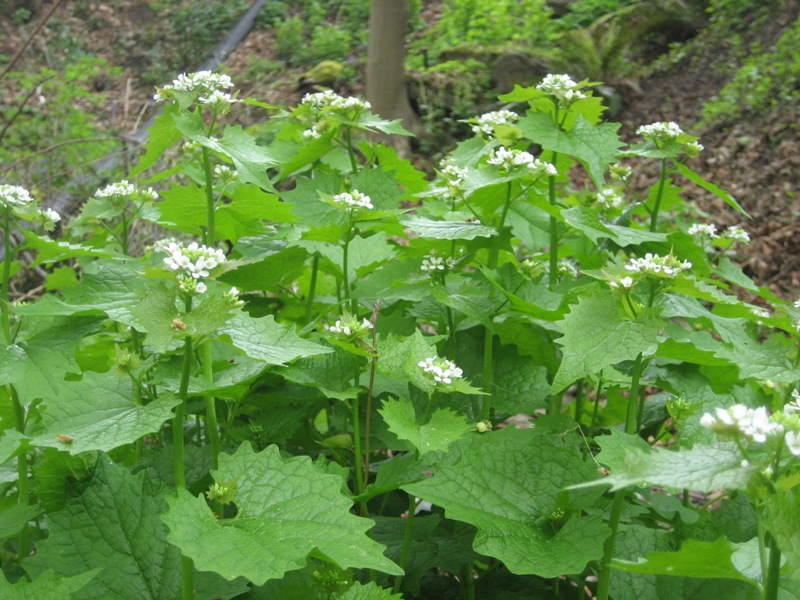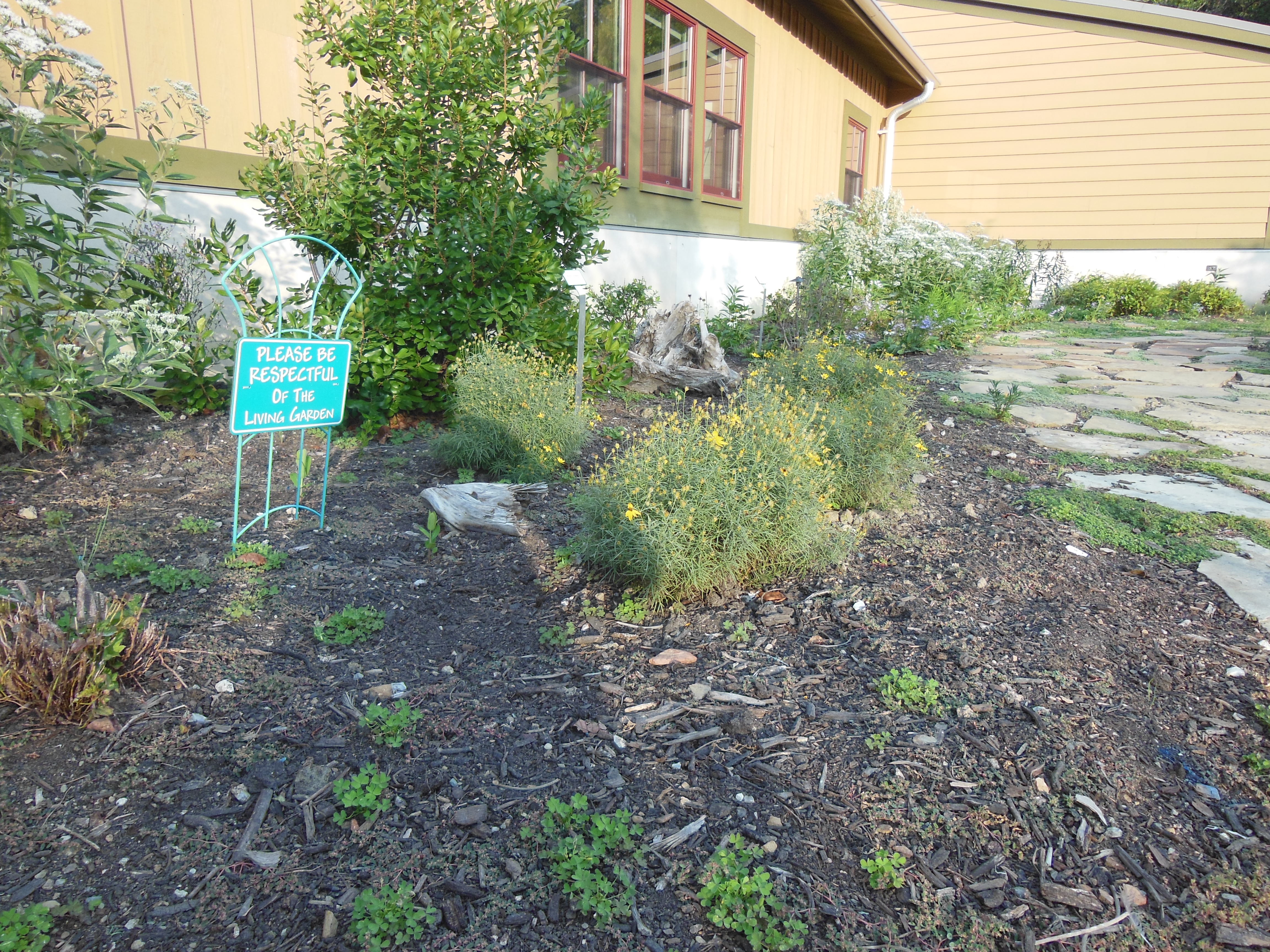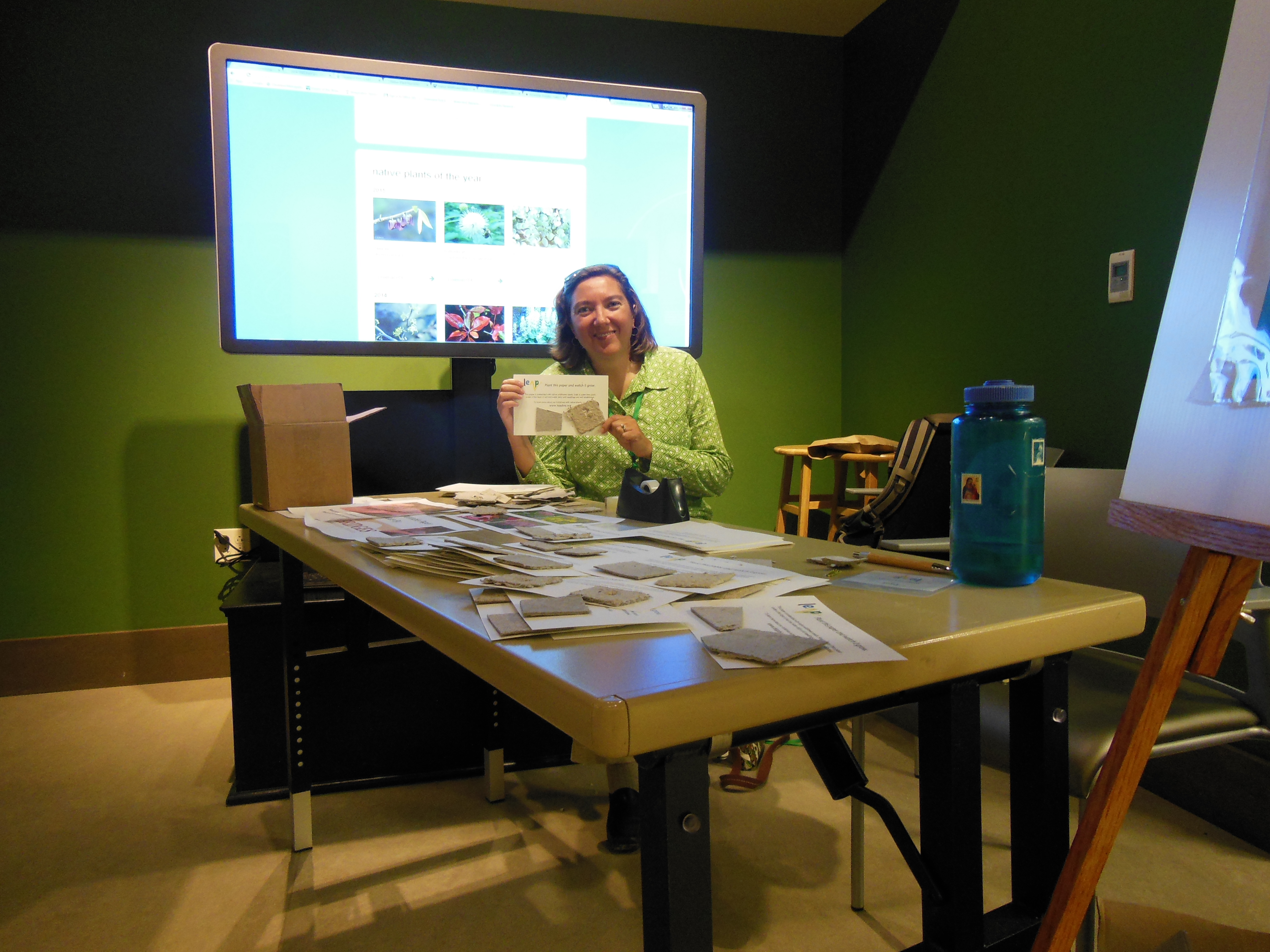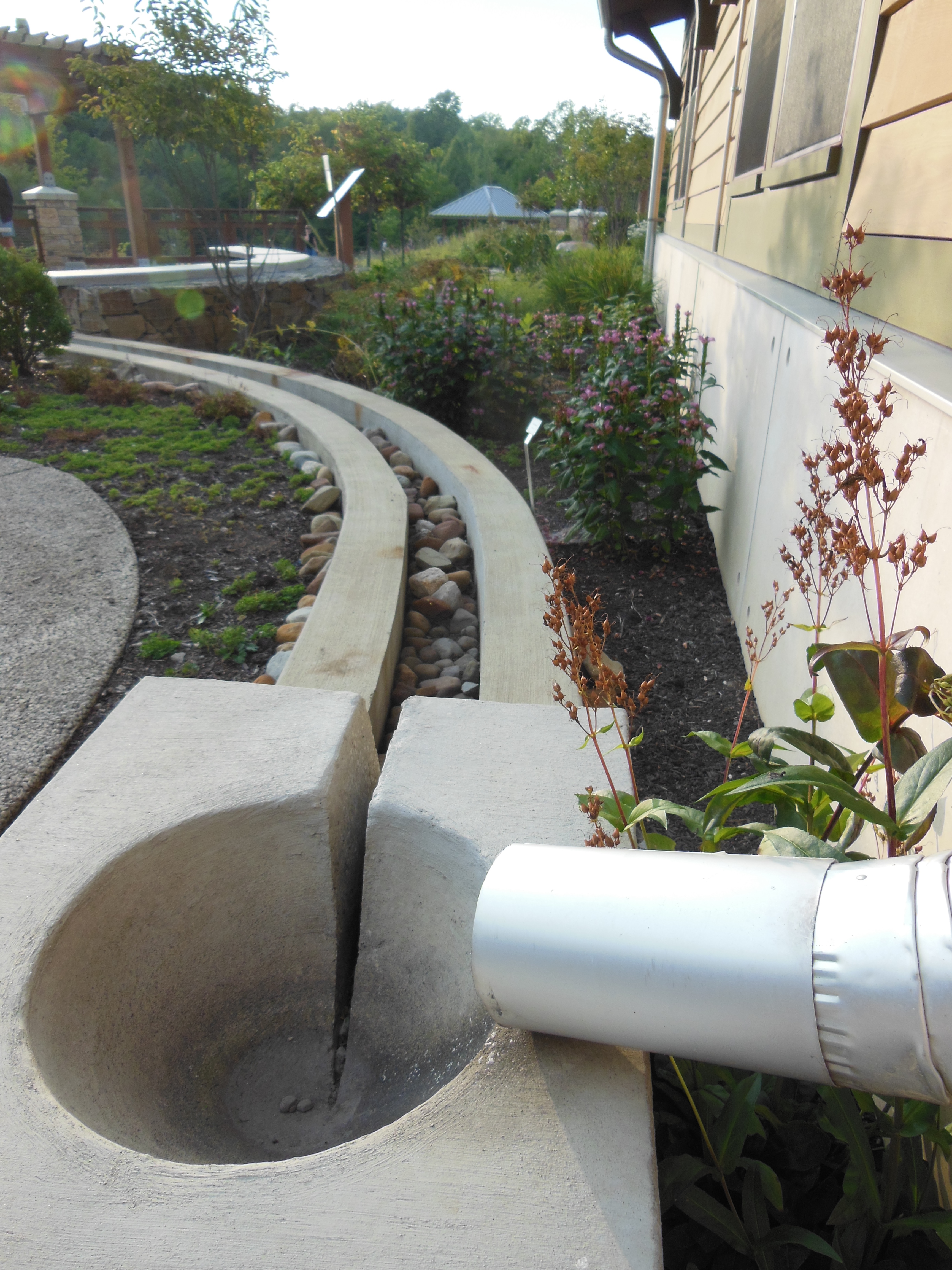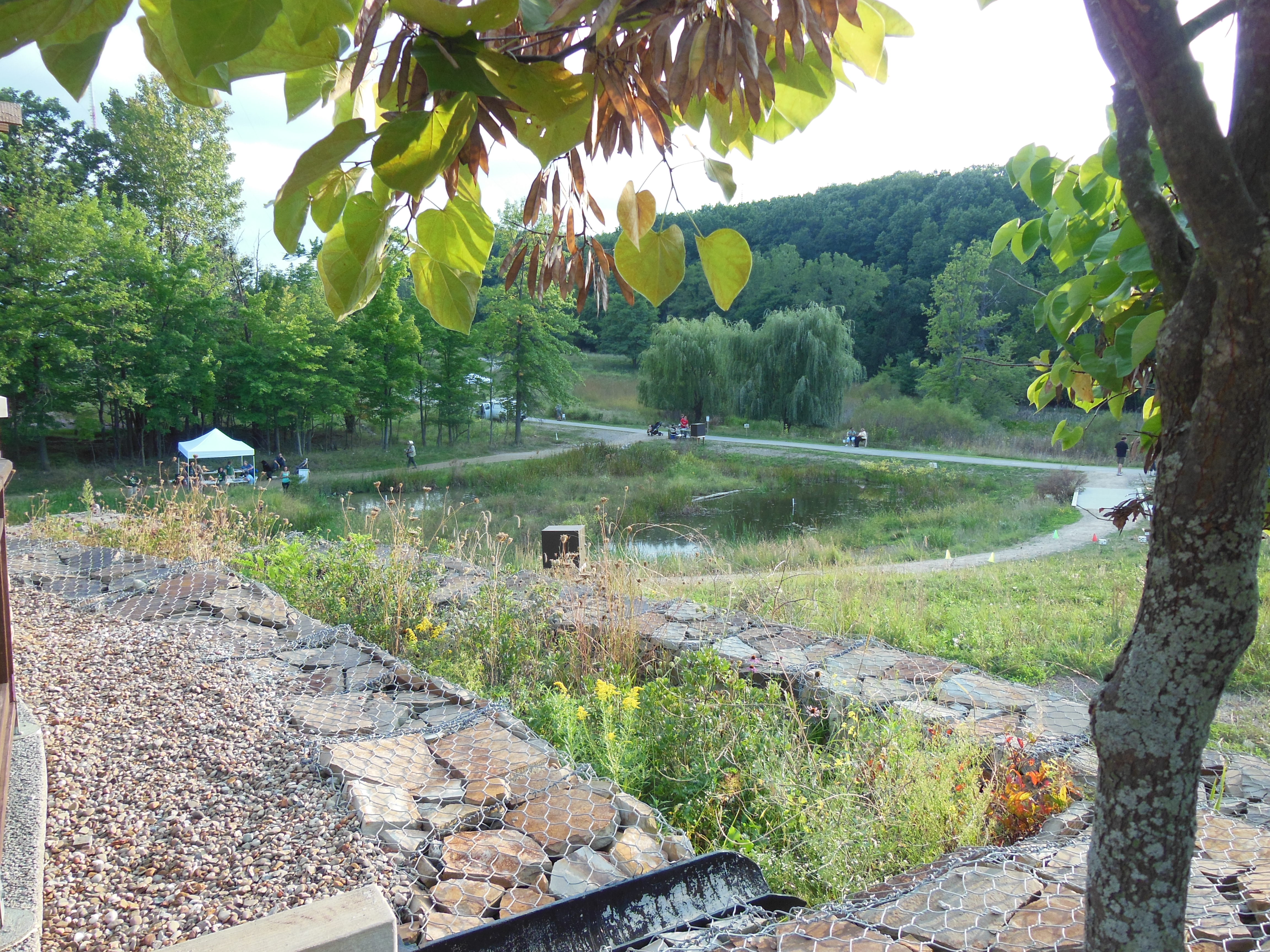by Sarah Cech
Garlic mustard is a plant that grows in woodlands throughout the east and it pops up in back yards and parking lots. It is related to mustard, not garlic. It has kidney-shaped leaves with scalloped edges that grow in a low mound. These basal leaves die back in the late spring and the plant sends up a stalk with pointier leaves and clusters of small white flowers at the top. The easiest way to identify it is by picking a leaf and crushing it. You will smell a strong garlicky odor. It is believed that garlic mustard was brought from Europe as a food plant in the 1800s. Leaves are high in vitamin A and C and were boiled in soups and eaten in salads. How can this be bad?
Things went sour for garlic mustard when it escaped from the garden and started growing in the forest. Since this European plant has no natural predators in the US, it was able to thrive and out-compete native plants. It has displaced a native mustard called toothwort. Toothwort is important to the survival of the West Virginia white butterfly. It is the only host plant for this butterfly. If West Virginia whites lay their eggs on garlic mustard, the caterpillars typically die before reaching maturity because of the chemicals in garlic mustard. Garlic mustard plants spread easily because each tiny flower produces hundreds of seeds. If you find this plant in your backyard, you should pull it up to help protect the forest and West Virginia whites (and maybe make pesto).
In 2006, the Nature Center at Shaker Lakes realized that we had a big garlic mustard problem. The Natural Resources Specialist at the time realized how tasty garlic mustard can be as a pesto, and the first Pestival was born! This first event was a spaghetti dinner with pasta, bread, and wine at tables with checkered cloths. The Nature Center staff did all the cooking and prep work.
The following year, we invited area chefs to create a dish using the garlic mustard and the event morphed into a cocktail-style reception. Volunteers pull the garlic mustard and clean it; then we send it to the restaurants. In the Nature Center’s 50th Anniversary year, the Pestival is a sell-out event that features 9 area restaurants. Each year the chefs create a new dish. We have had cheesecake with garlic mustard relish from Coquette Patisserie, garlic mustard sliders from EDWINS Leadership & Restaurant Institute, and a perennial favorite, garlic mustard and pistachio ice cream from Mitchell’s Homemade IceCream. Don’t knock it till you try it!
So next time you pull garlic mustard out of your yard, remember, it makes a delicious pesto.
How to Eat Garlic Mustard
Interestingly, all parts of the plant are edible, including the root, which, grated and mixed with white vinegar tastes horseradishy and can be used the same way.
Try the leaves sprinkled on white pizza along with mushrooms and perhaps carmelized onions
Subsitute garlic mustard leaves for spinach in vegetarian lasagna
Chop the leaves finely and add to taboule salad in place of parsley
Make pesto substituting garlic mustard for basil in whole or part
Cheesy Frittata
Grated potatoes fresh or frozen (enough to cover bottom of a large skillet one inch deep)
Shallots – sliced thinly
5 eggs beaten, mixed with 1 large spoonful of nonfat yogurt seasoned generously with pepper
½ cup crumbled feta cheese, stirred into eggs
4 to 5 handfuls of garlic mustard leaves
1 cup mozzarella or other shredded cheese of choice
1/3 cup of parmesan or romano cheese
On medium high heat, brown shallots in avocado or olive oil, and then add potatoes. Cook, brown and turn potatoes several times. When potatoes are cooked add the beaten egg and feta cheese mix. Turn heat down to low medium. Cover and cook until eggs begin to set. Add shredded cheese of choice and top with the garlic mustard. Cover the skillet until the greens have gone limp. Sprinkle parmesan or romano on top. Serves 4 to 5
Garlic Mustard Pesto
3 cups Garlic Mustard Leaves
1/2 cup Parmesan Cheese
1/4 cup Olive Oil
1/4 cup Pine Nuts
1 clove Garlic
Salt to tast
Blend ingredients in a food processor until smooth.
Optional: Add spinach, basil or parsley for added flavor
Note: use first year garlic mustard leaves.
Sarah Cech
Natural Resources Manager
Nature Center at Shaker Lakes
